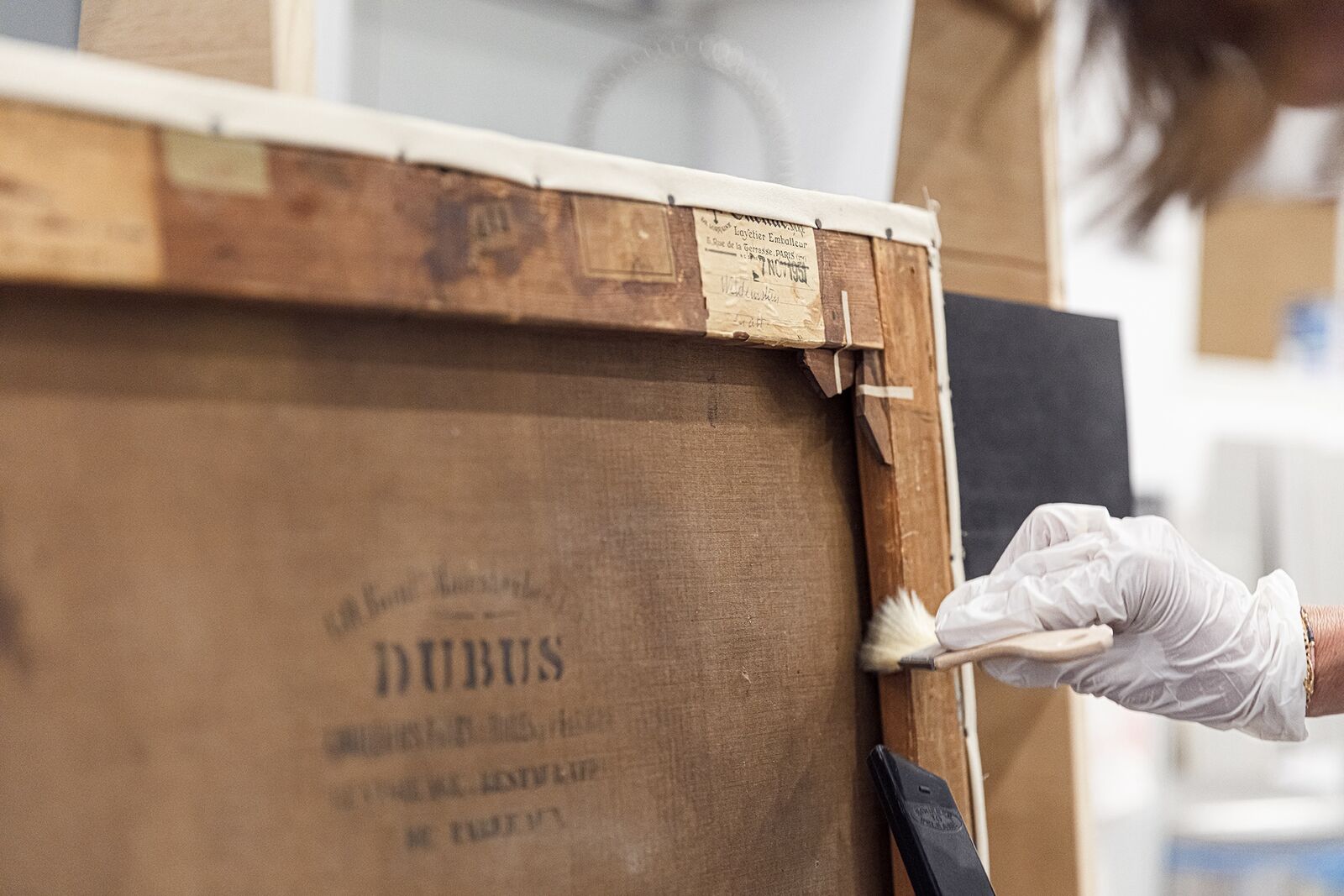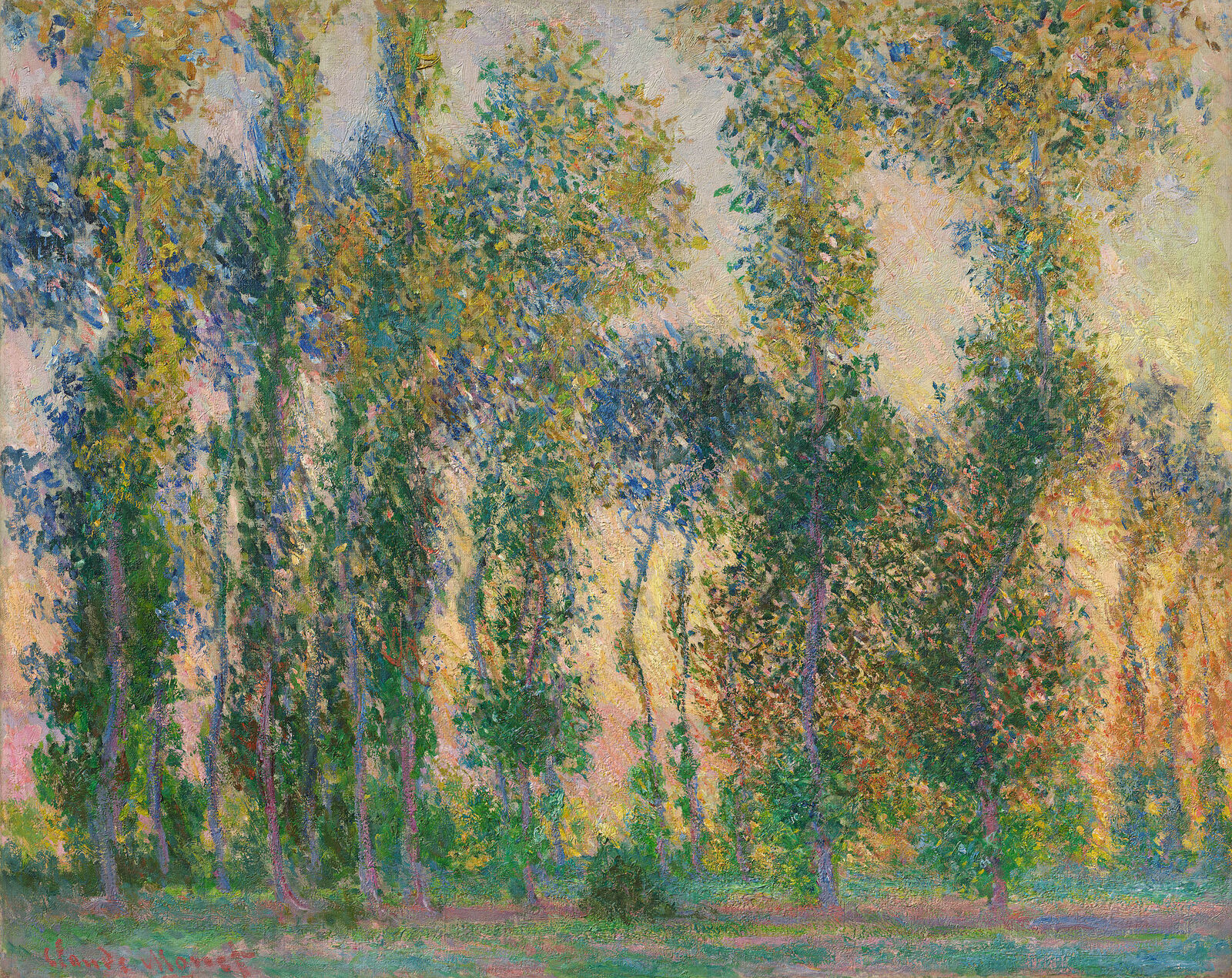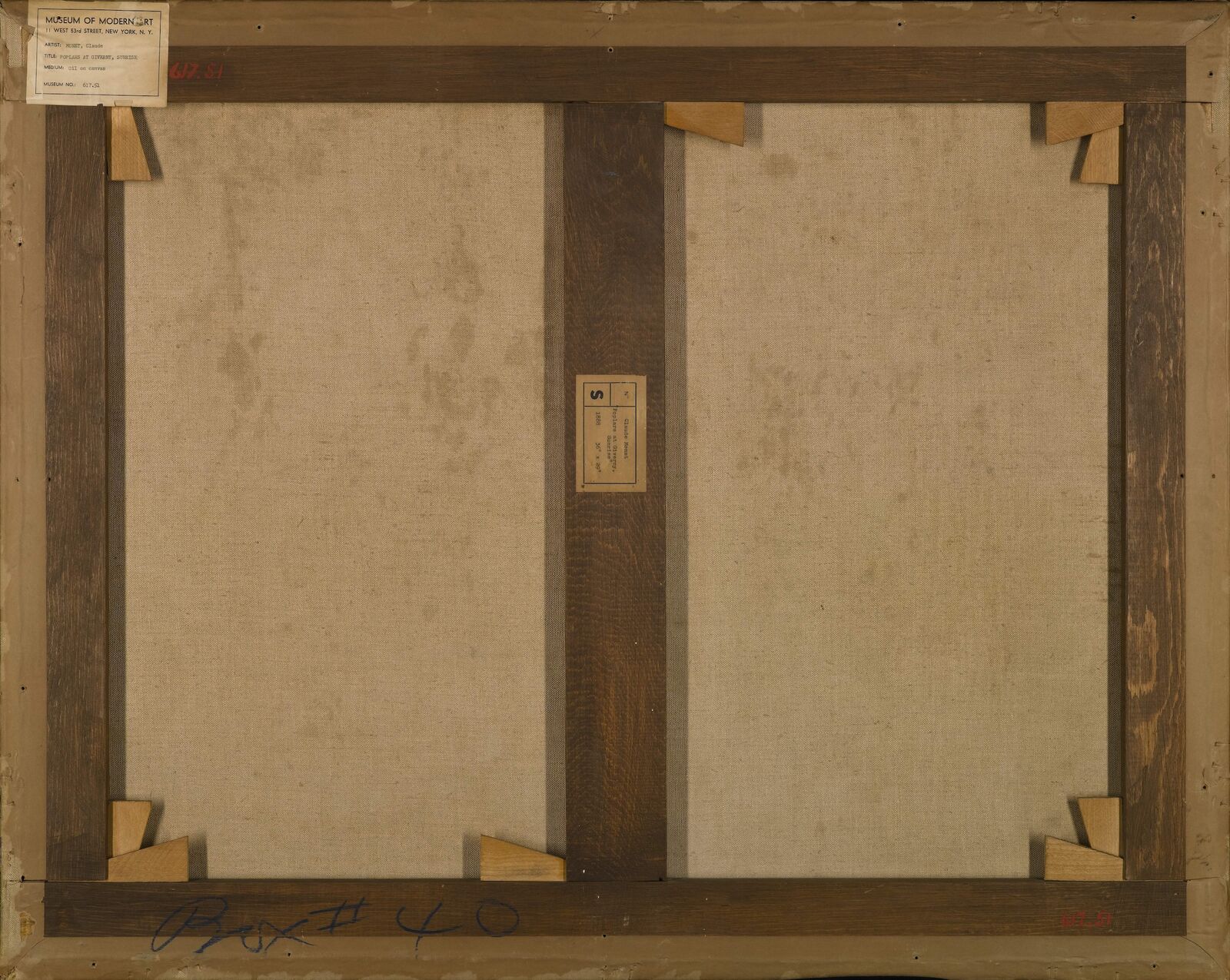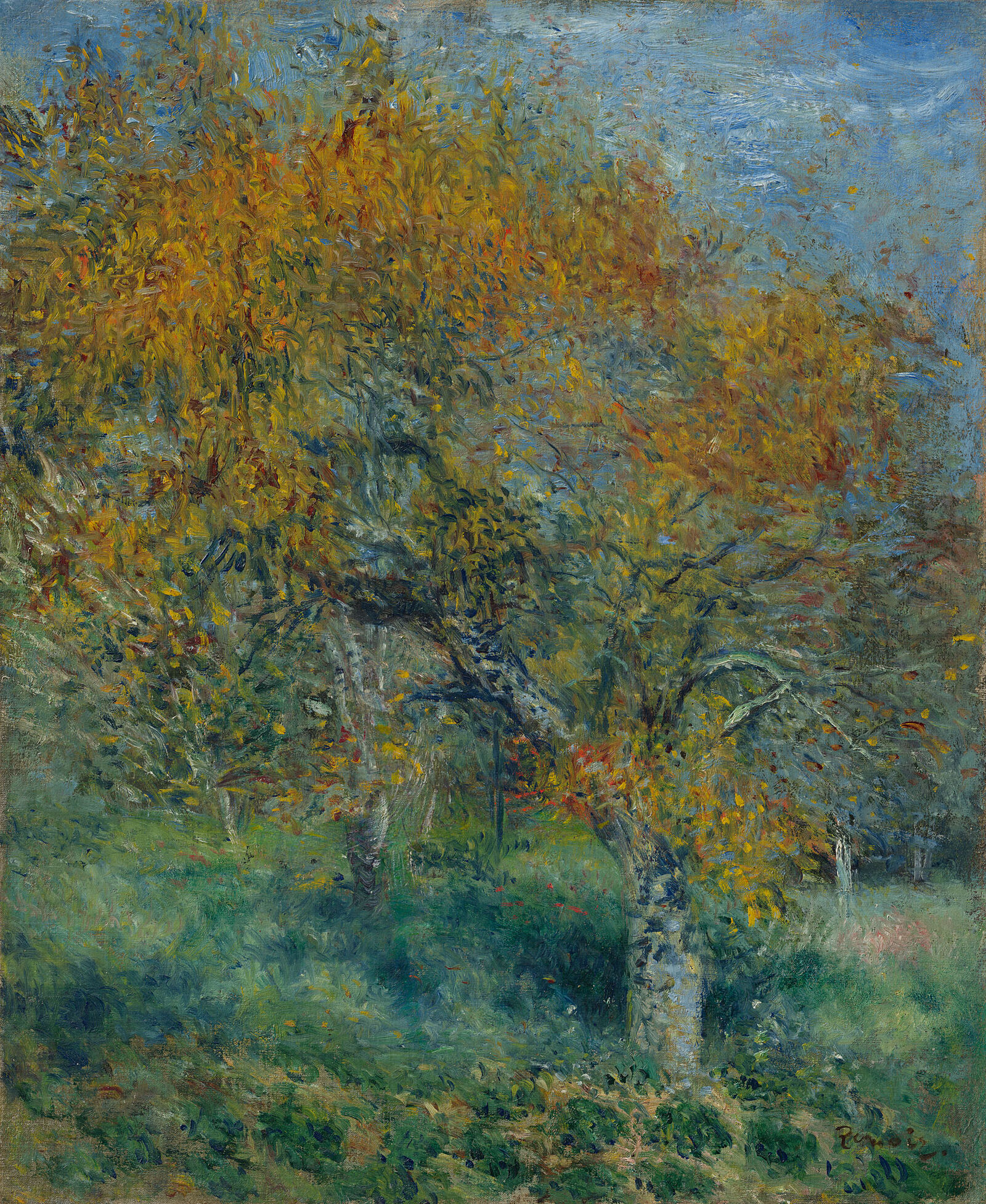
David von Becker
Paintings and Their Biographies
Every work of art has its own individual story that is integral to its identity. The knowledge of previous ownership and a work’s biography is a part of every collection’s history. The Museum Barberini has begun research on the works in the Hasso Plattner Collection. One of the goals of these investigations is to seamlessly reconstruct the provenance of the works. The procedure of provenance research has been established as an art-historical discipline.
A Core Responsibility of Museums
Provenance research examines the biography of an artwork. This core responsibility of collection research, as outlined in the Washington Declaration published in 1998, has become the focus of museum work. Regarding works of art that were confiscated during the Nazi period, Germany and the other forty-three participating countries that signed the statement pledged that they would locate former owners or their heirs. The first step is to identify such works and to publish the findings. The goal is to achieve a “just and fair solution,” which could entail restitution, financial compensation, or a mutually agreeable settlement. In honor of the twenty-fifth anniversary of the Washington Declaration, Germany and thirty other countries renewed their voluntary commitment in 2024.
Provenance Research at the Barberini
The examination begins with the work itself: important clues are often to be found on the back of a painting. The research continues with a consultation of in-house documentation such as acquisition documents and condition reports. Subsequently publications, including exhibition and auction catalogs, and online databases are consulted to search for the specific work. Research in archives and the evaluation of historical sources such as letters and business ledgers are fundamental aspects of provenance research. The findings will be published on the website of the Museum Barberini. A few examples are presented here.
Monet’s Poplars

Claude Monet: Poplars at Giverny, 1887

Hasso Plattner Collection
From Chicago to Potsdam
Like many Impressionist works, Monet’s Poplars at Giverny was brought to the United States by the French dealer Paul Durand-Ruel. He opened his first gallery in Paris in 1859, in which he initially showed works by artists of the School of Barbizon. As a dedicated patron of the Impressionists, starting in 1872 Durand-Ruel tried to sell their works and in the following years organized numerous exhibitions with their works, both at his Paris gallery and at other venues in Europe. However, it was not until 1886 that his large Impressionist show in New York attracted wealthy customers to the extent that in 1887 he opened a New York branch, Durand-Ruel Galleries. This daring step resulted in financial success.
Information on the Reverse
The backs of paintings often show important information such as stamps and labels from collectors, galleries, or auction houses. Many of these clues can be directly connected to names and locations, while others can be interpreted only through further research.
Renoir’s Pear Tree

Hasso Plattner Collection
Pierre-Auguste Renoir: The Pear Tree, 1877

From New York to Potsdam
It can take decades for legal claims of former heirs to be resolved. Renoir’s Pear Tree was confiscated by the Nazis from its owner, the banker and art collector Friedrich Bernhard Eugen “Fritz” Gutmann in 1940–41 in the Netherlands. He and his wife, Louise, died in concentration camps in 1944. For many decades their children and grandchildren tried to get the works of the collection restituted. It was not until 2005 that they were able to arrange a settlement agreement for The Pear Tree and received financial compensation from the owners at the time.
Information on the Reverse
The backs of paintings often show important information such as stamps and labels from collectors, galleries, or auction houses. Many of these clues can be directly connected to names and locations, while others can be interpreted only through further research.







